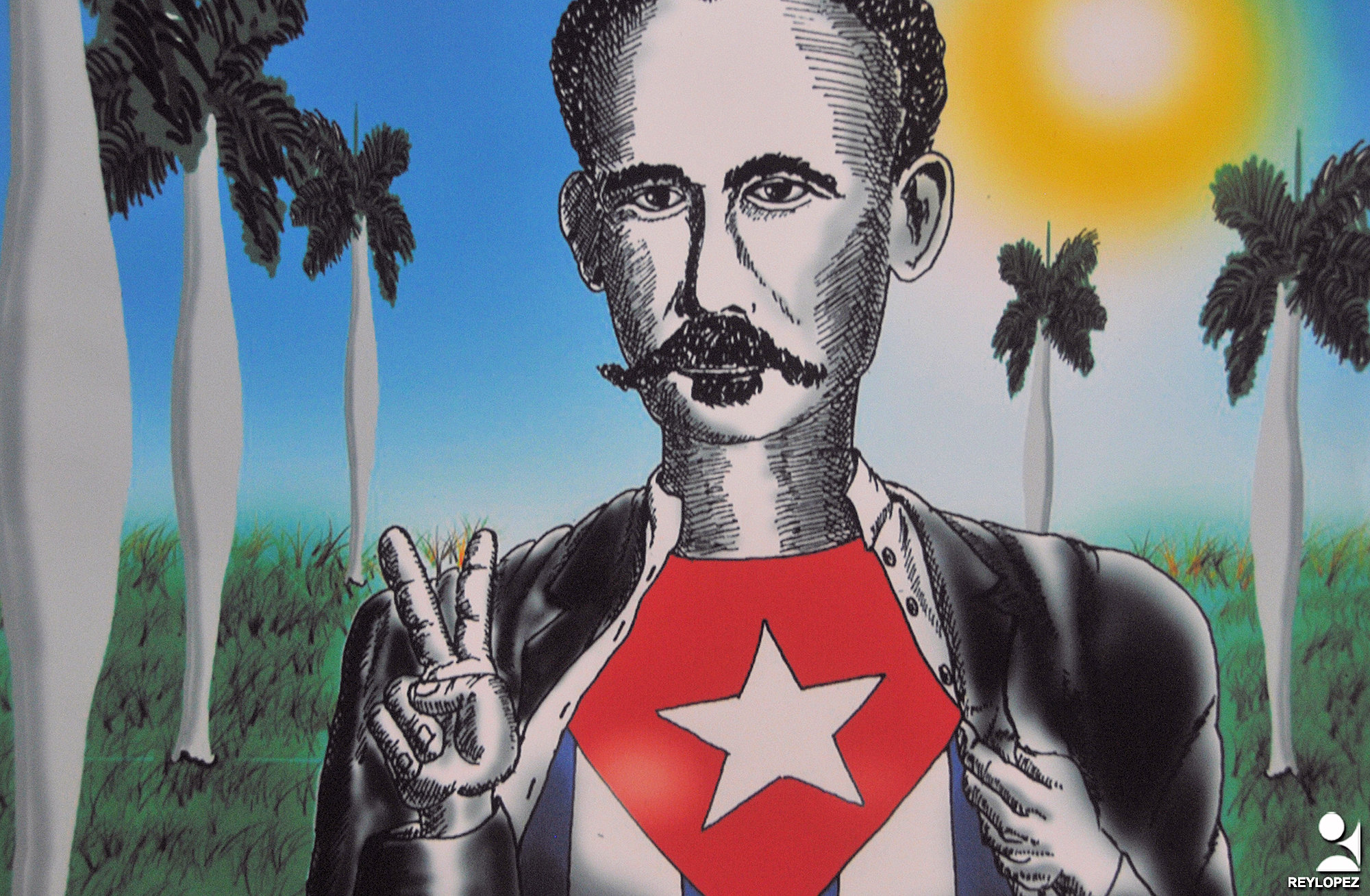
It is said that Ángel de la Guardia Bello, in the closed nights of the mambí camps during the Necessary War, repeated, by the light of the bonfires, the terrible story of that May 19, 1895, in which José Martí died.
He also did it in Las Tunas, hours before his death. However, neither he nor any of those present at those impromptu talks ever recorded his testimony about that disastrous event that took the life of the most lucid and universal son from Cuba just two months after his return.
The body, initially buried in Remanganaguas (Contramaestre) and then in niche number 134 of the south galley of the Santa Ifigenia Cemetery, in Santiago de Cuba, had a bullet wound in the jaw, another in the chest and a third in the thigh.
But it is already known that there are not enough bullets to end life when everything has been given for it. For this reason, returning to Martí, to his transparent and sincere work, cannot be an office poster or a heartless mandate. Although this personal discovery that brings you closer to his essence is indeed very intimate, the visceral need to study his notes, delve into his texts and approach the magical window that is his work, in general, intense, comprehensive, and fertile.
Of course, doing so means having the right company. For that, it is not enough that we already find his Complete Works on the web and access sites that show valuable research on the validity of Martí's ideology in the most diverse fields (agriculture, pedagogy, dance, sports...). It is necessary that more and more, teachers are aware of his character, of the weight of assuming the inquiry into this knowledge, and the idea of good, which was always defended by a man of flesh and blood who confessed, many times, full of the conviction of serve almost as the essence of life.
And we cannot stay there, the study must transcend the classroom. Perhaps, among the best examples that we can put of that perseverance now in Las Tunas is the work of those who make up the José Martí Youth Movement (MJM); pioneers and students who have just developed the Provincial Seminary. I say this not only because of the around 180 works presented from the base but because of the incessant search for closeness and singularity that so define the wake of “El Maestro” (The Master).
When conversing with them, you discover noble motivations, such as those of René, the adolescent from the municipality of Jobabo who is inspired by Pepe's face to be enchanted by the mixed technique and brushes; or Amanda, the pioneer who talks with the “Apostle” from her work and learns, but she also shares her knowledge with those close to her.
You also discover a tenth-grade student, from “Colombia”, who explains to you how valuable are the less-reviewed texts of Mrs. Leonor's son, such as his impressive campaign diaries; and she shows you an investigation in which she lists the references to trees, flowers, fruits that she found in those pages to insist on the importance of caring for nature and raising awareness among her colleagues about caring for the environment.
Only in this way, if we make the knowledge of his work a way to feel an era and, within it, an ardor for Cuba that only death stopped, can we come to understand its springs, which are, in some way, those that sculpted the country that we are today; and then, get ready to unravel that mystery that he is, and always accompanies us.
128 years have passed since the fall of the “Apostle” of this unredeemed Island; a human being whose legacy can not be limited to January and May; we must always be brought close to him, like the good souls that cling to the left side of the chest.





